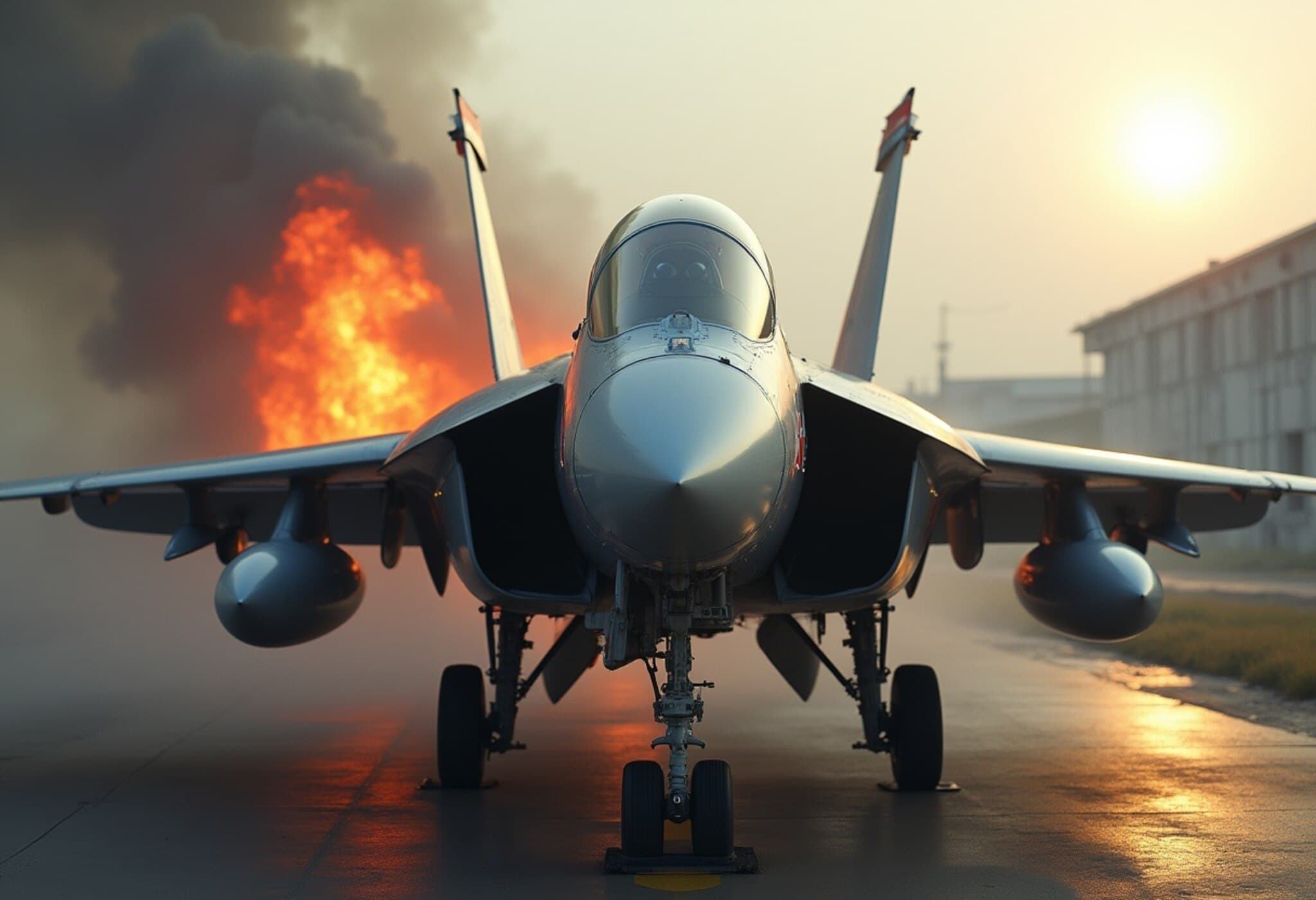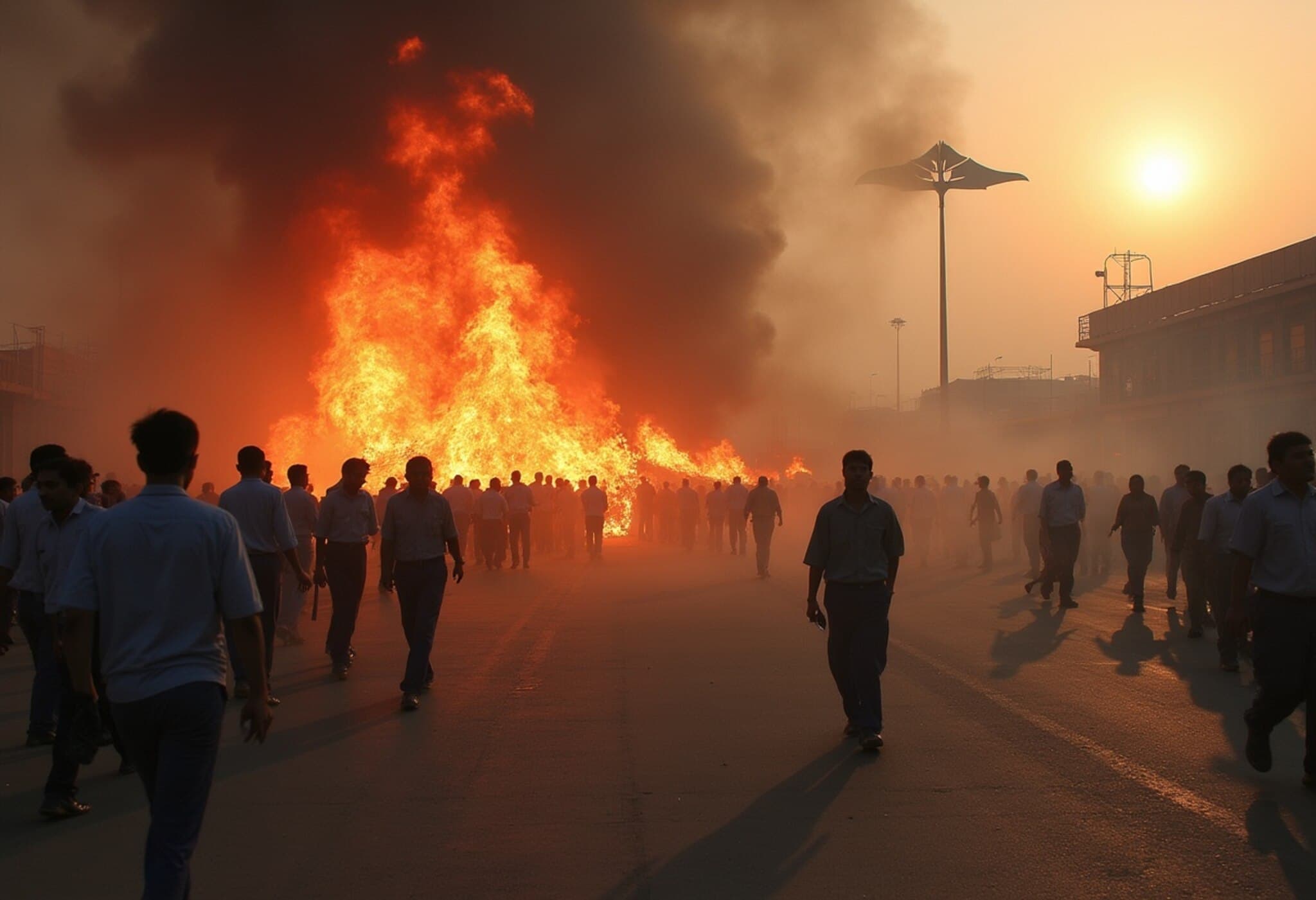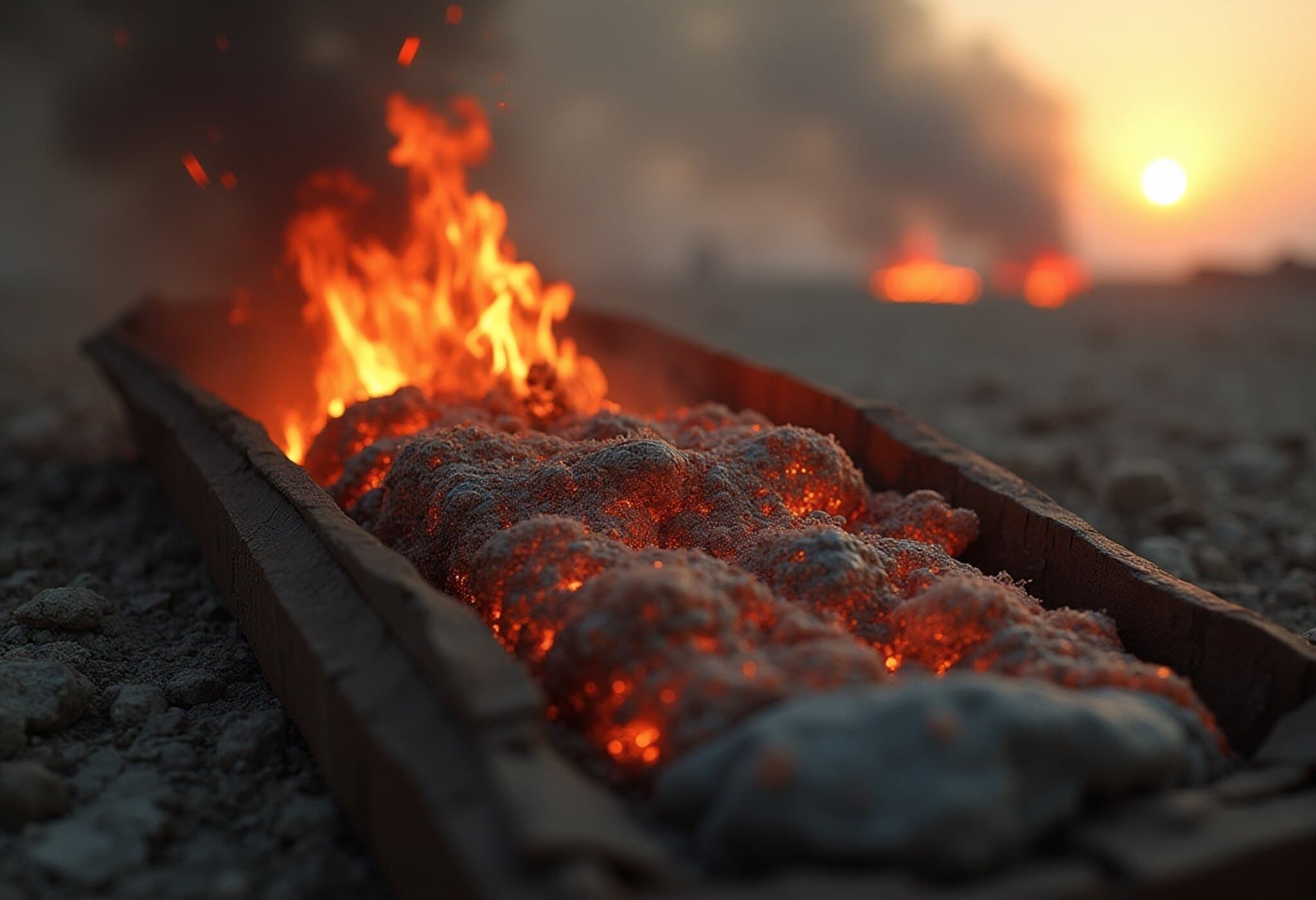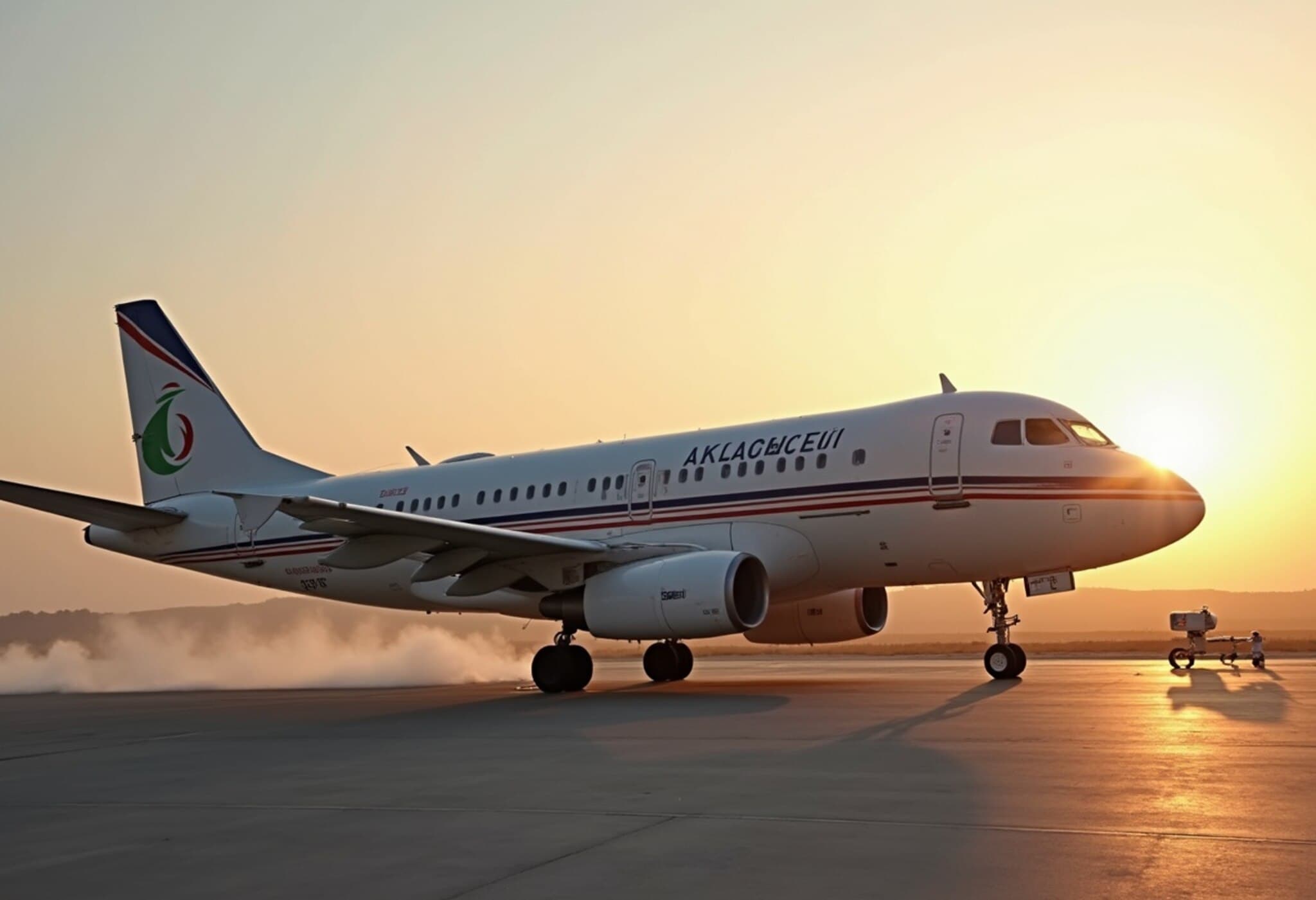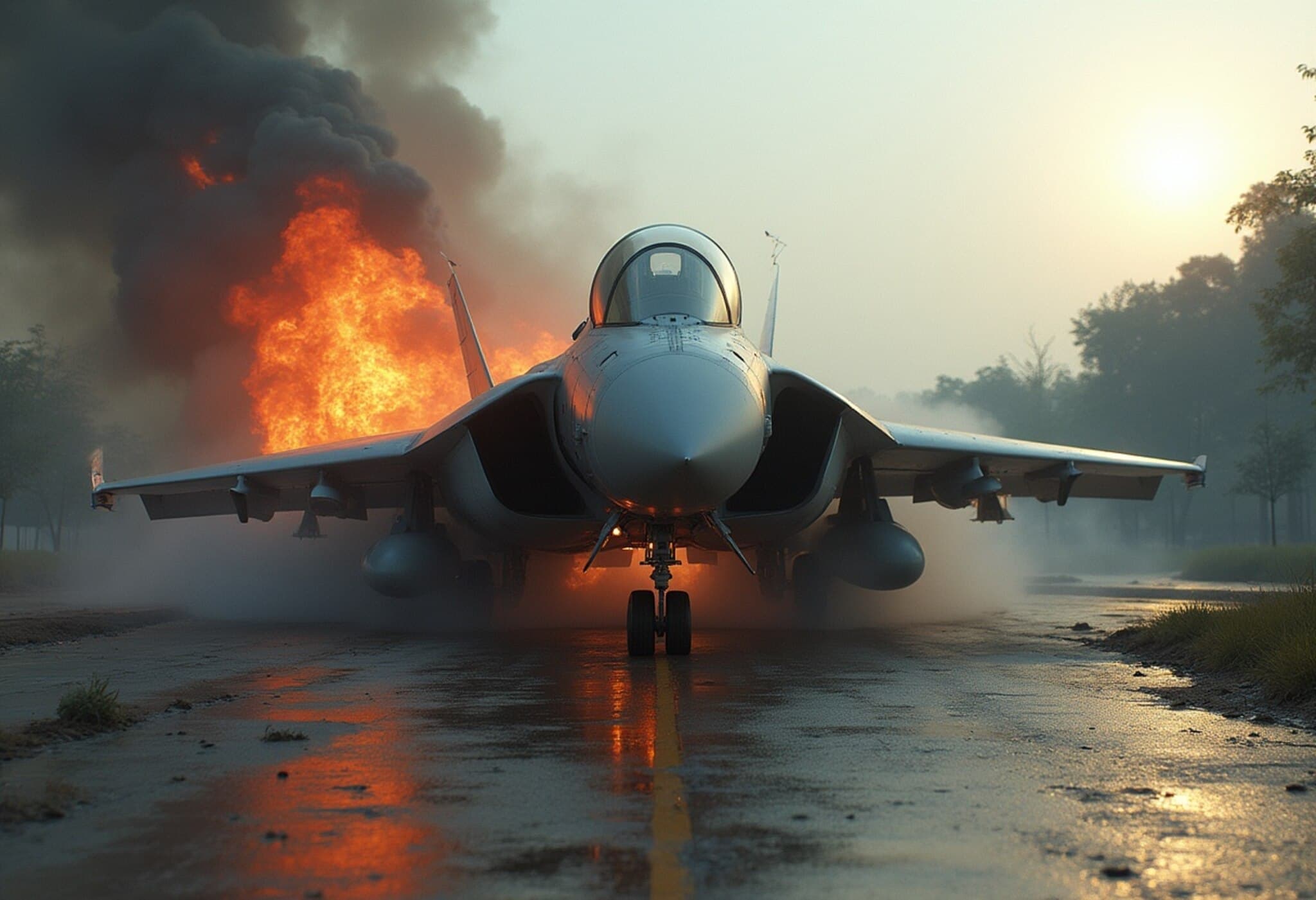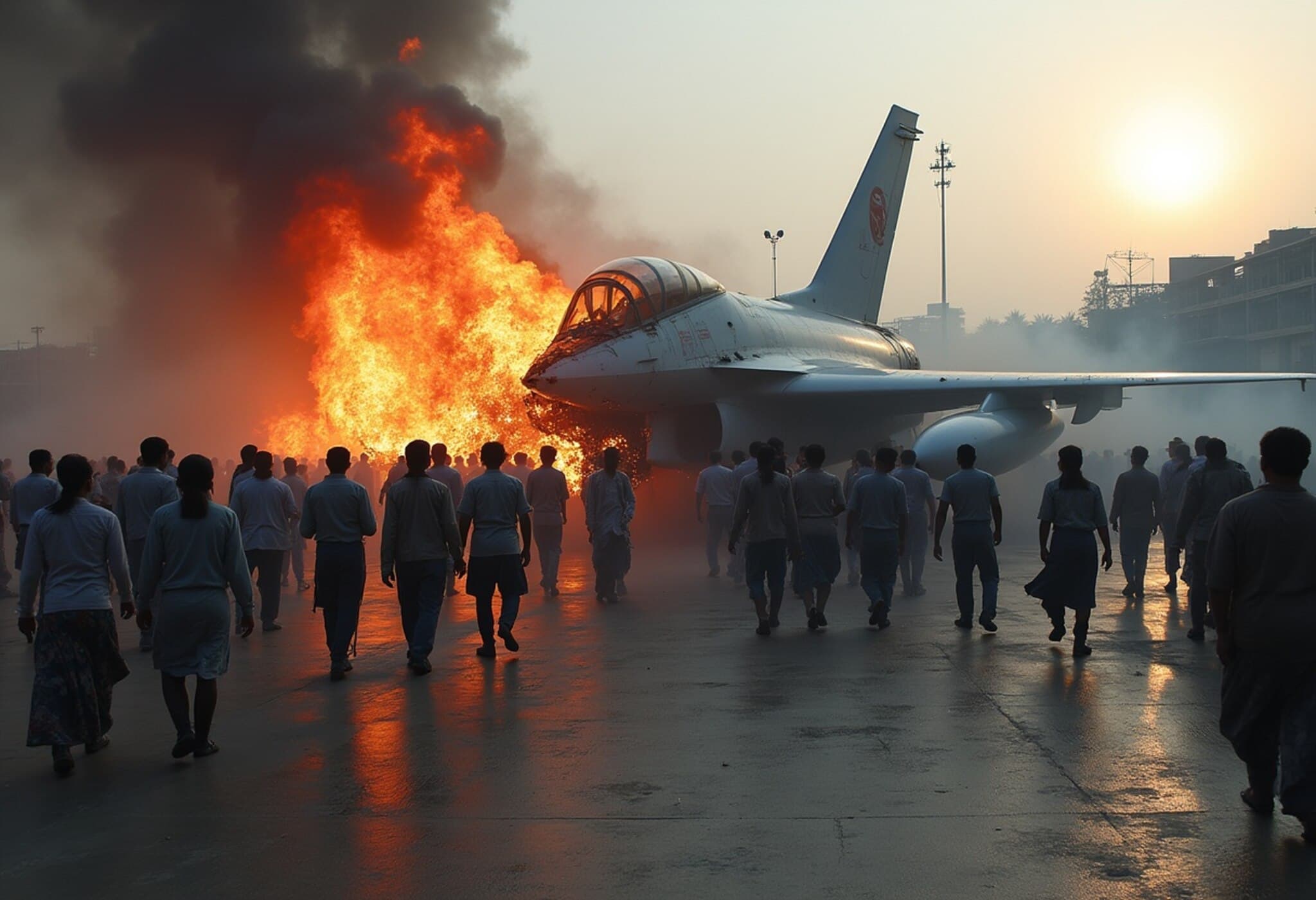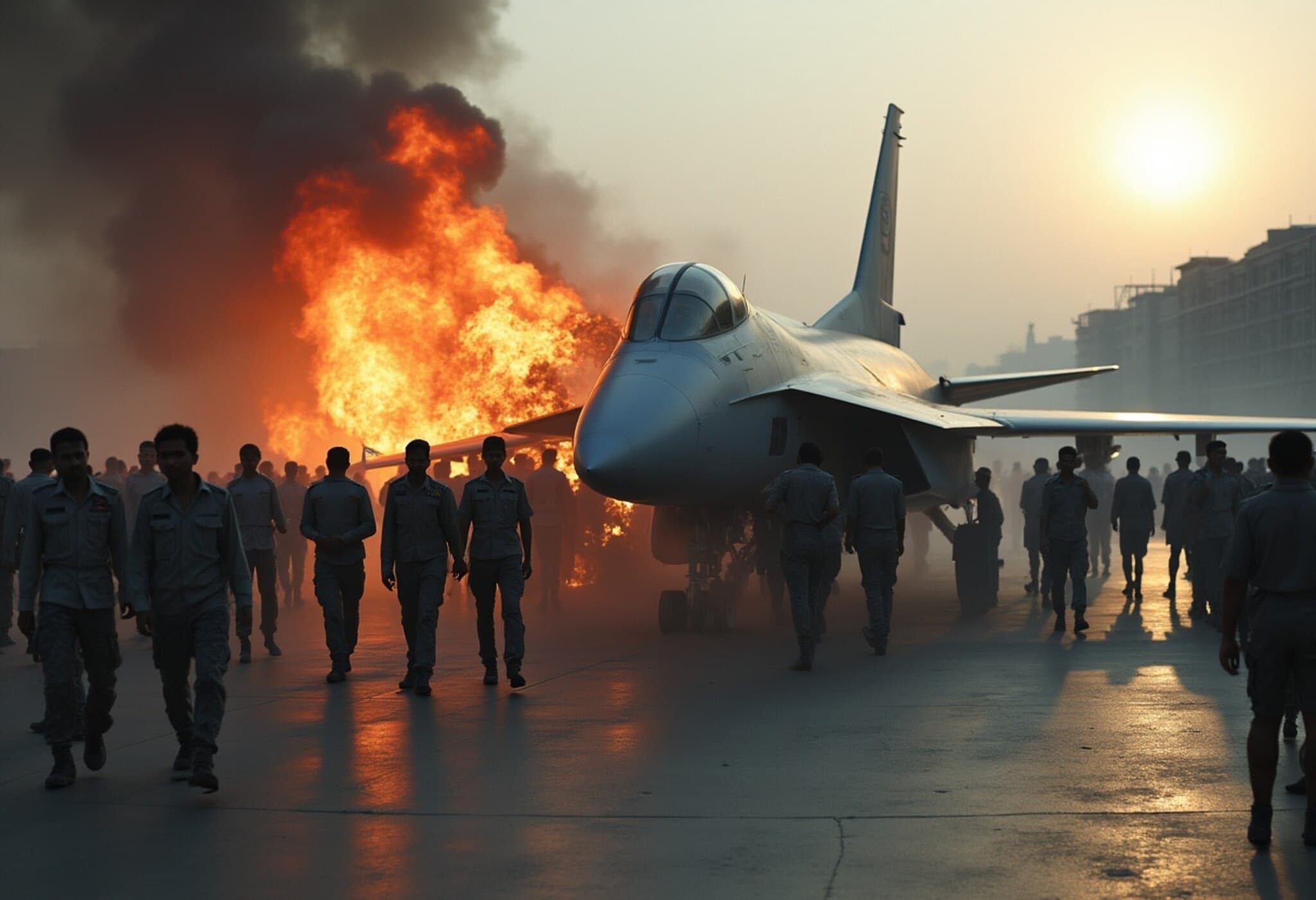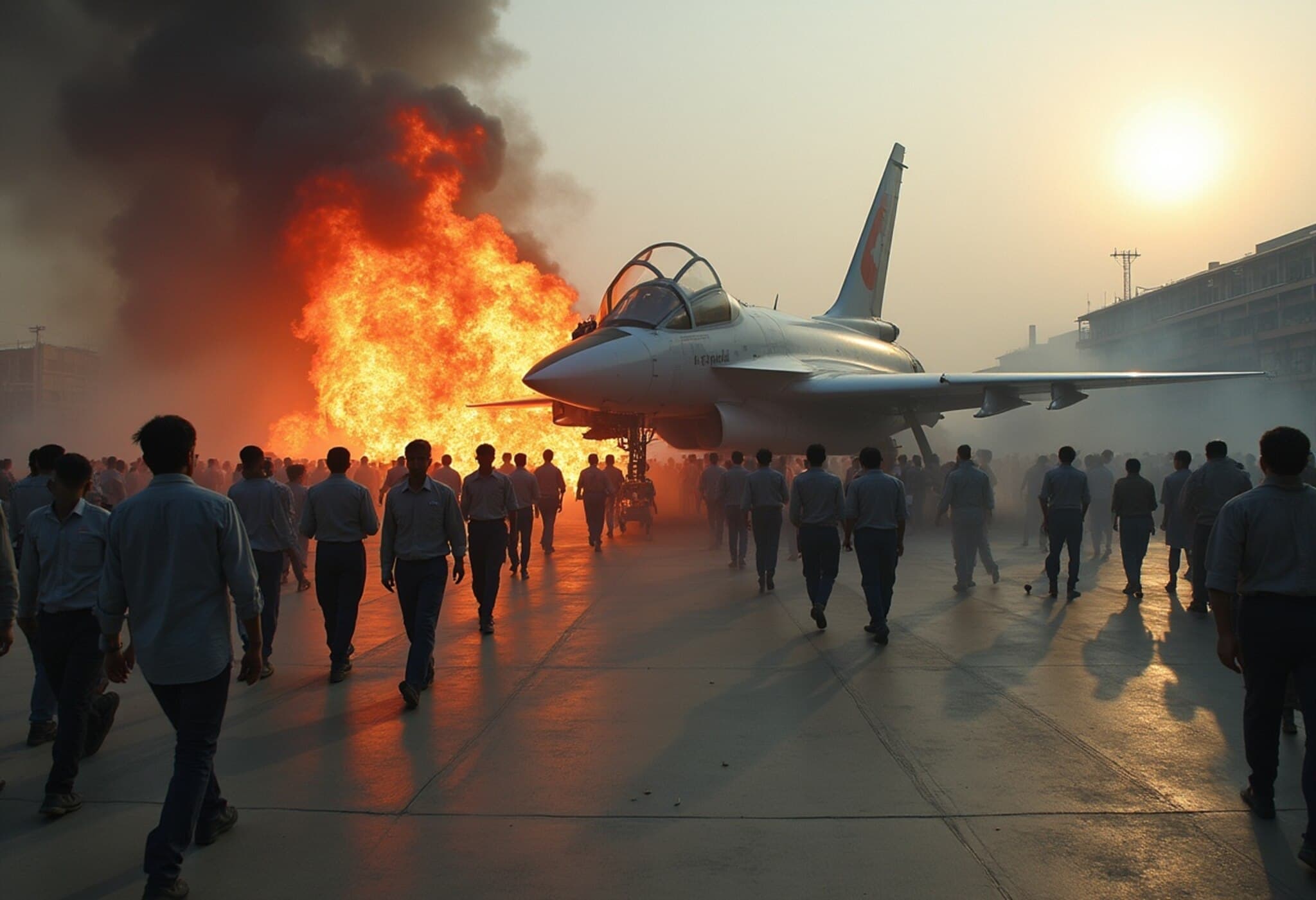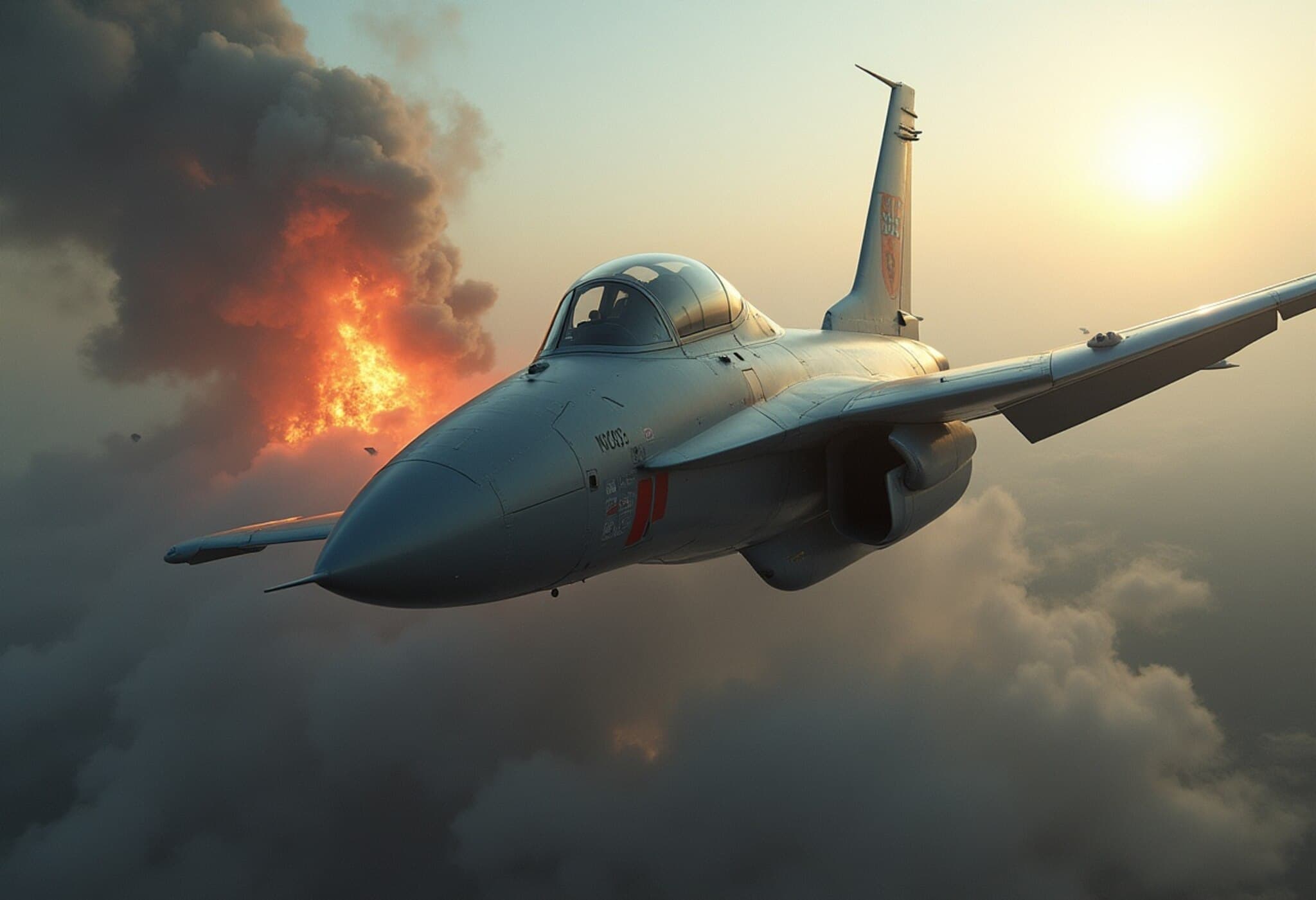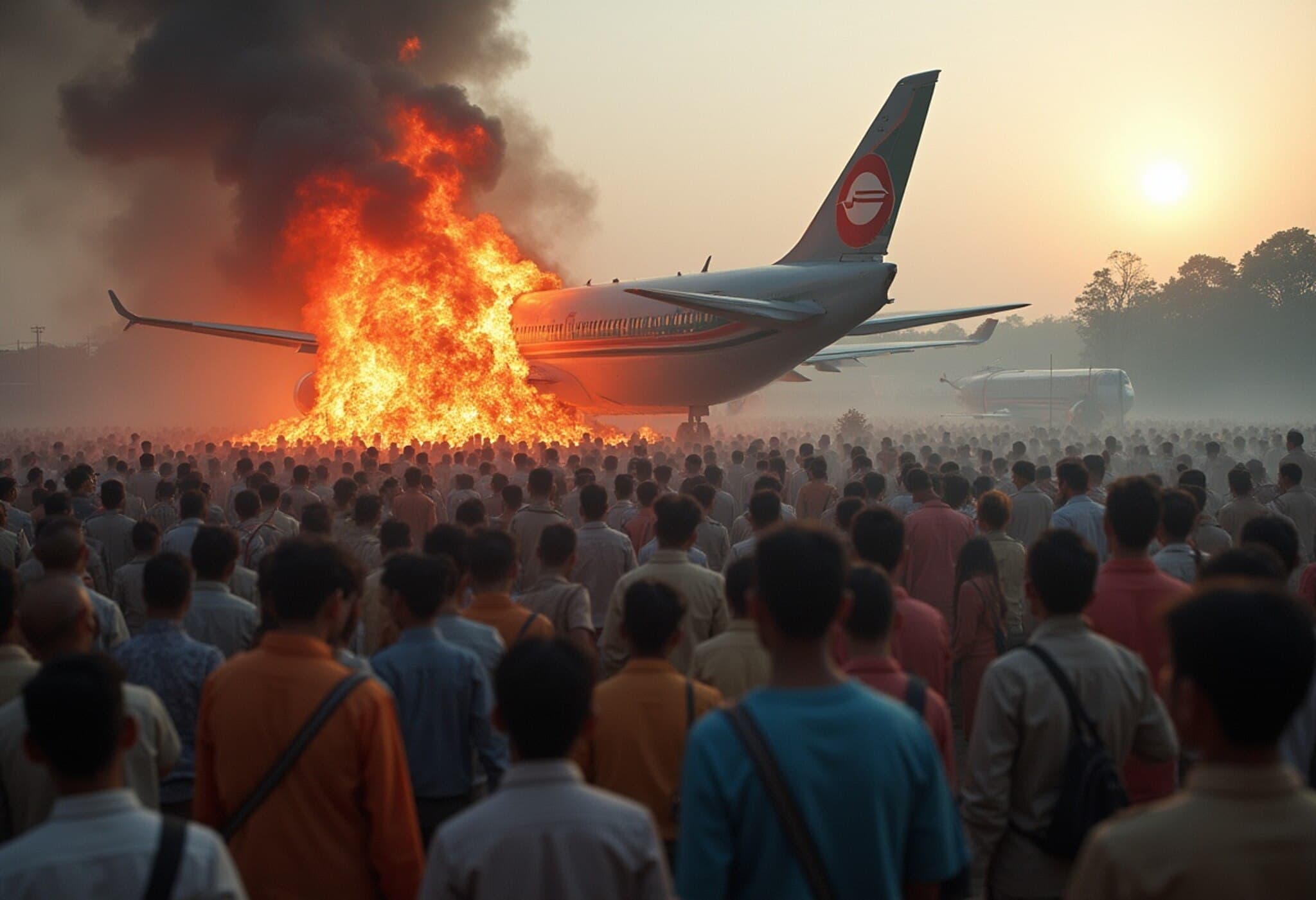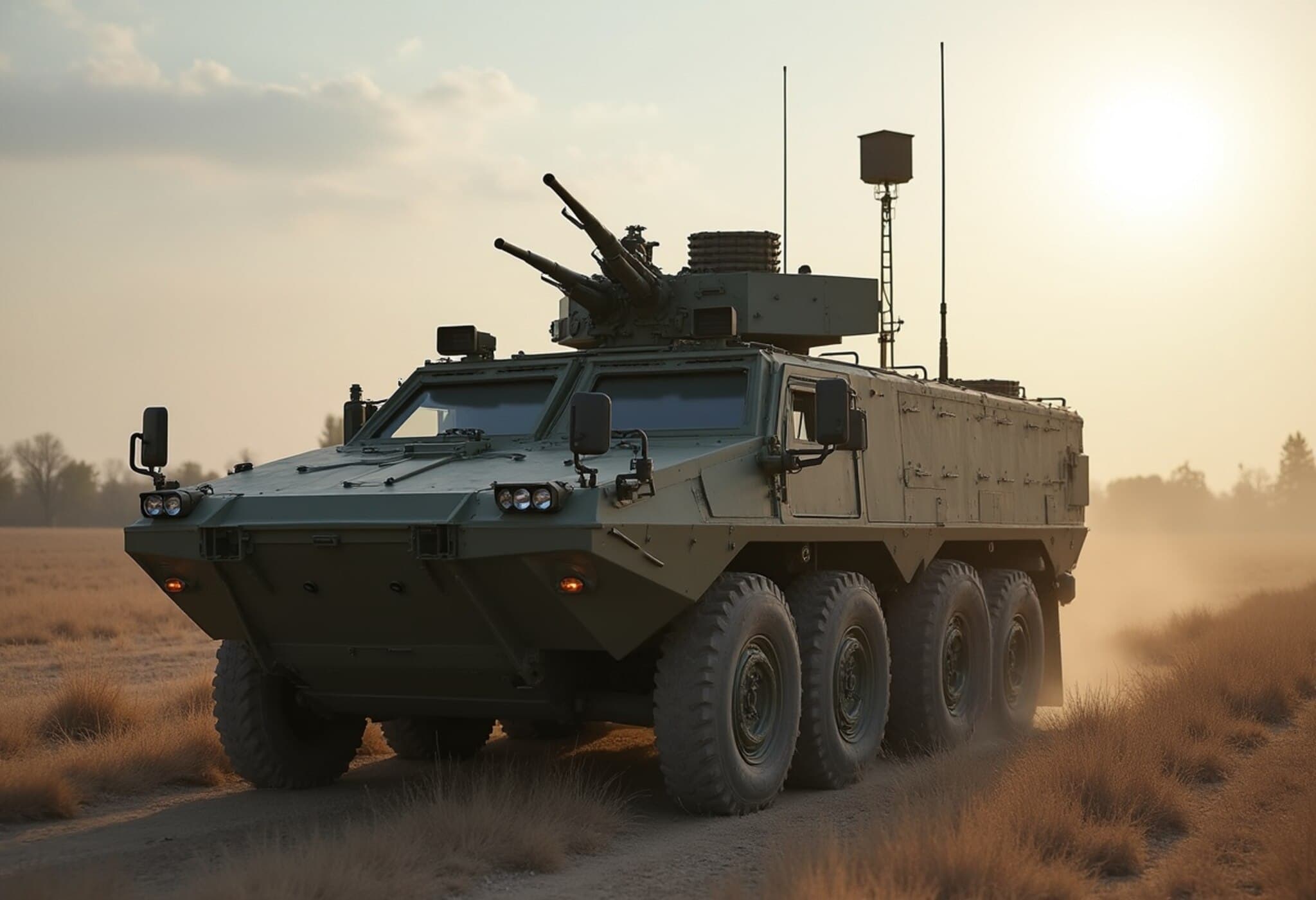Deadly Bangladesh Air Force Jet Crash Claims 19 Lives
In a tragic incident that has shaken the capital city of Dhaka, at least 19 people lost their lives and over 160 sustained injuries after a Bangladesh Air Force training jet crashed into a school campus on Monday afternoon.
Crash Details and Immediate Aftermath
The F-7 BGI jet took off from the Kurmitola Air Force base at 1:06 pm local time, on what was supposed to be a routine training mission. However, it soon encountered a mechanical failure, according to a military spokesperson.
Lieutenant Colonel Sami Ud Dowla Chowdhury explained the pilot “made a valiant attempt to divert the aircraft away from densely populated areas.” Unfortunately, the jet ultimately collided with a two-story building belonging to Milestone School and College, a prominent educational institution in Dhaka.
The pilot tragically died in the crash. Authorities have formed an investigative committee to determine the precise cause of this catastrophic failure.
Scenes of Devastation and Human Impact
Video and images from the scene depict a harrowing tableau: thick, black smoke billowed over the campus as firefighters worked tirelessly to extinguish the fire engulfing the wreckage. The impact shattered parts of the building’s structure, leaving behind a gaping hole and twisted iron grills.
Screams and cries from onlookers filled the air as terrified students, parents, and staff processed the chaos. Masud Tarik, a teacher at the school, recalled the moment vividly: “When I was picking up my kids and arrived at the gate, I heard a loud explosion behind me. When I turned around, I saw only fire and smoke.”
Casualties and Medical Response
Victims were swiftly transported to Dhaka Medical College and Hospital. Bidhan Sarker, head of the burn unit, reported that a third-grade student was declared dead upon arrival and highlighted the fragile condition of others, including two children aged 12 and 14, plus a 40-year-old adult.
Wider Context: Aviation Safety in Focus
This tragic event occurs just weeks after the devastating Air India Boeing 787 Dreamliner crash near Ahmedabad, India, which killed 241 passengers and 19 people on the ground, marking it as one of the deadliest air disasters of the decade. Together, these two incidents spotlight critical questions about aviation safety protocols and mechanical reliability in South Asia.
About the Aircraft: A Legacy of Soviet and Chinese Engineering
The F-7 is a derivative of the Soviet-era MiG-21, manufactured under license by China’s Chengdu Aircraft Corporation. Bangladesh procured 16 of these jets between 2011 and 2013, seeing the F-7 BGI as their most advanced variant in service. Jane’s Information Group, an authoritative defense and security analytics entity, emphasizes the importance of maintaining and modernizing aging military fleets, particularly as these aircraft approach decades of operational use.
Expert Insight: Balancing Training and Safety
Experts suggest that while training missions are essential for maintaining pilot readiness, they inherently carry risks, especially when older aircraft are involved. This incident prompts a reassessment of safety measures during flight training near urban areas, with some advocating for relocating such exercises to less populated regions to minimize civilian casualties.
Summary & Editorial Perspective
The Bangladesh Air Force jet crash that devastated a school campus in Dhaka stands as a somber reminder of the real dangers that exist when military training intersects with densely populated civilian areas. The heroism of the pilot attempting to steer the plane away from a crowded neighborhood underscores the human cost behind such tragedies.
Moving forward, authorities face the dual challenge of honoring the victims and rigorously investigating this accident to prevent recurrence. This incident also reinvigorates dialogue on updating or replenishing aging air force fleets, ensuring pilot and civilian safety remains paramount.
Editor’s Note
As the investigation unfolds, key questions arise: What mechanical issues led to the failure? Could stricter flight path regulations during training reduce risks in urban environments? Moreover, how can Bangladesh and similar nations balance military preparedness with public safety amid aging aircraft fleets? Such inquiries not only seek accountability but also aim to safeguard communities and service members in future operations.

